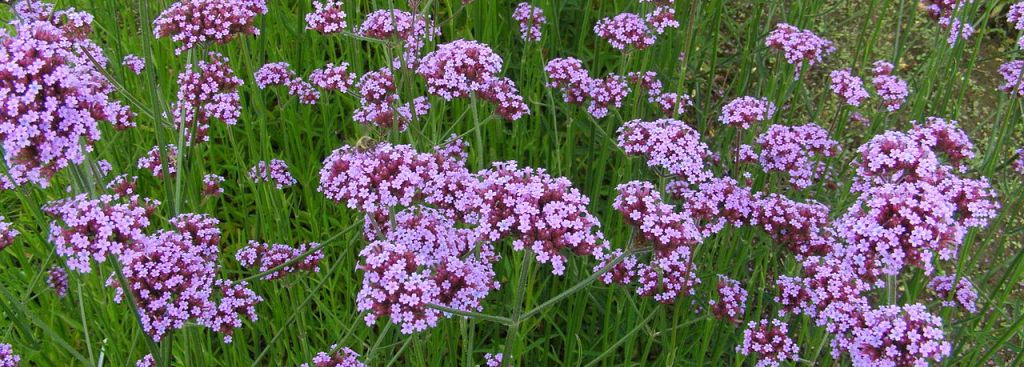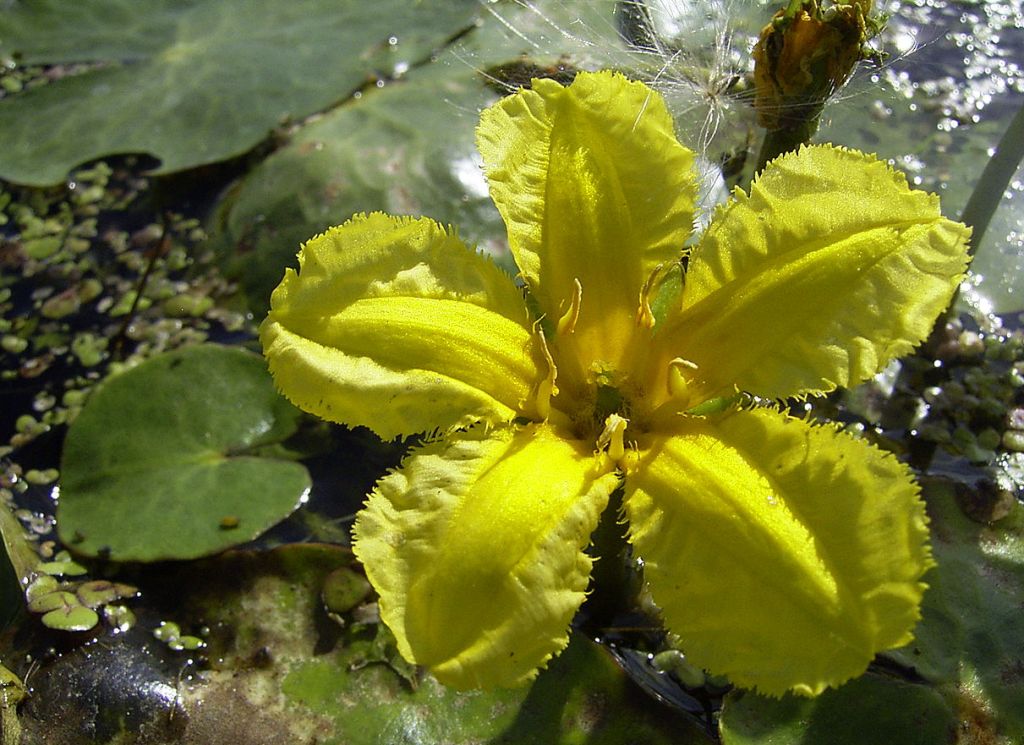About Invasive Alien Plants
Invasive Alien Plants (IAPs) have been introduced into South Africa in the past mainly by the horticultural industry as ornamental garden plants, and for commercial use by the forestry industry. They were also imported to stabilise coastal sand dunes, and to provide shelter to humans and animals.
Generally, IAPs are NOT invasive in the countries they originate from, due to the fact that their numbers are kept within normal limits by their natural predators and/or diseases. However, in a new environment, these predators and diseases are not present, resulting in their numbers increasing at the expense of the local indigenous species. Indigenous Biodiversity is then compromised.
IAPs can and do
- adapt well to new environments, then reproduce and spread in detrimental ways;
- have no natural enemies to keep their numbers in check;
- dominate land and water bodies by displacing indigenous species, which they out compete for water, light and oxygen;
- promote or suppress fire;
- encourage erosion of soils;
- cause destructive changes to ecosystems, critically affecting biodiversity;
- cause extinction of indigenous species of fauna and flora;
- displace useful alien non-invasive plants such as agricultural crops.
IAPs probably also
- cause birds and other species to neglect indigenous plant pollination;
- cause birds and other species to neglect indigenous food sources.

What is NEMBA in South Africa?
NEMBA is the National Environmental Management : Biodiversity Act, which was promulgated in 2004 and finally passed into law in October of 2014.
NEMBA defines the framework, norms, and standards for conservation, sustainable use, and equitable benefit-sharing of South Africa’s biological resources.
NEMBA’s goal is to prevent the introduction of new invasive species, as well as the further spread of existing alien and invasive species (AIS) across South Africa.
Categories of Invasive Species
Category 1a
- may not be owned, imported into SA, moved, sold, given as gifts, dumped in waterways;
- must be combated and eradicated;
- trade, propagation and planting is strictly prohibited.
Category 1b
- may not be owned, imported into SA, moved, sold, given as gifts, dumped in waterways;
- must be controlled, and where possible, removed and destroyed;
- trade, propagation and planting is strictly prohibited.
Category 2
- Potentially Invasive, or Invasive species – a permit is required to carry out any restricted activity;
- Cat 2 listed species in Riparian areas become Cat 1b listed species.
Category 3
- Invasive species which may only remain in prescribed areas or provinces;
- Cat 3 Listed species in Riparian areas become Cat 1b listed species;
- Further trade, propagation or planting is strictly prohibited.

Cover Image: Crotalaria agatiflora - Canarybird bush [Cat 1b]